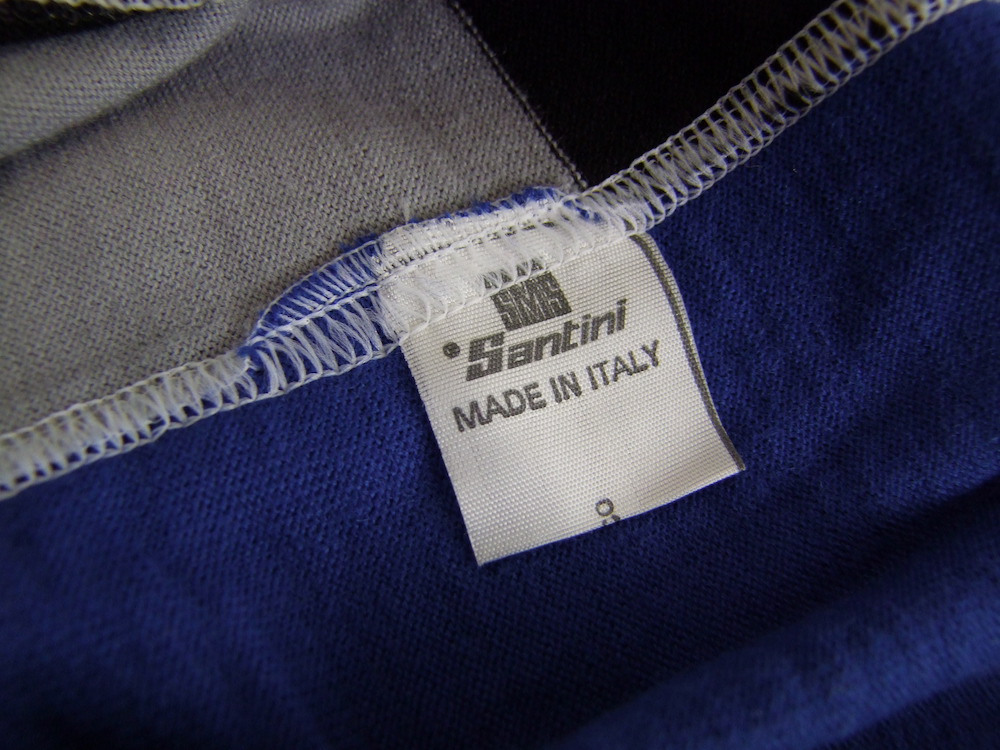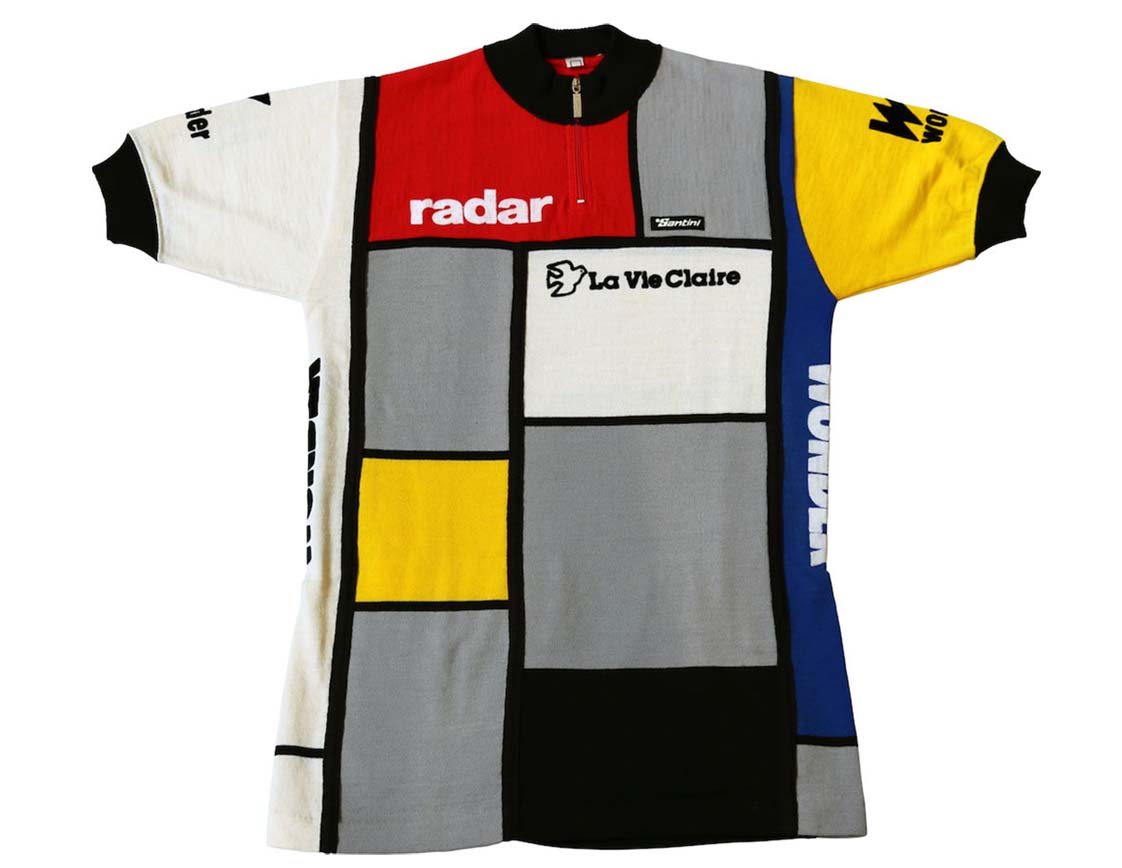
THE TIMELESS DESIGN OF THE "LA VIE CLAIRE"
The La Vie Claire team jersey by Santini has been dubbed as “the greatest in professional cycling history” by cycling enthusiasts. Considered revolutionary, the design was based on the painting of Dutch artist Piet Mondrian.
The La Vie Claire team is an important part of Santini’s history. Created by French entrepreneur Bernard Tapie in 1984, the La Vie Claire team comprised five-time Tour de France winner Bernard Hinault, three-time winner Greg LeMond, Andrew Hampsten and Canadian Steve Bauer.

Santini was part of La Vie Claire’s journey towards cementing an essential place in history. In fact, Santini was there right at the starting line; in 1984, the brand becomes the official apparel supplier of the team. The team jersey has been dubbed as “the greatest in professional cycling history” by cycling enthusiasts. Considered revolutionary, the design was based on the painting of Dutch artist Piet Mondrian.
Before the iconic design was green-lighted, it first took on a different inspiration. When it was originally unveiled in 1983, the jersey was described as a black Superman suit. Inspired by New Zealand’s All Blacks, the jersey was intended to portray the rugby team’s sense of invincibility. It didn’t gain much support.

A student then put forward a design that carries Mondrian aesthetics, specifically the painting “Composition in red, yellow and blue.” Perceived as timeless, the design was instantly beloved by the team (much to the stylist’s dismay).
The new design was described as fresh, fashionable, futuristic yet functional, the Dutch artist’s grids ideal for fitting sponsors’ logos.

The team especially fancied the panels, which could potentially carry various sponsors’ logos. The rest, as they say, is history. The iconic design took on the level of classic when Bernard Hinault had won the Tour de France and Giro d’Italia in 1985, and Greg LeMond first won the Tour the year after.
Indeed, the La Vie de Claire jersey has put a stamp in cycling history. Long since professional cyclists stopped using it in 1989, athletes and fans alike would still wear their beloved maillots.


